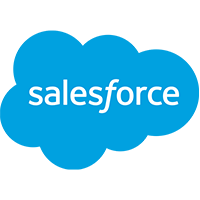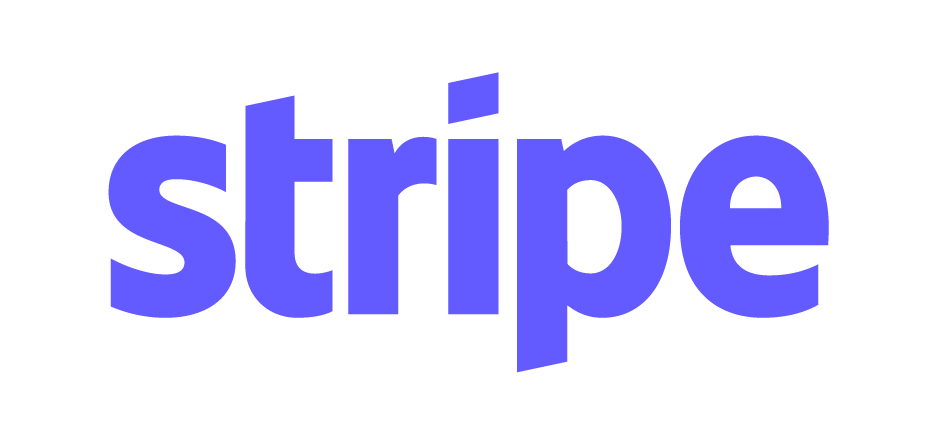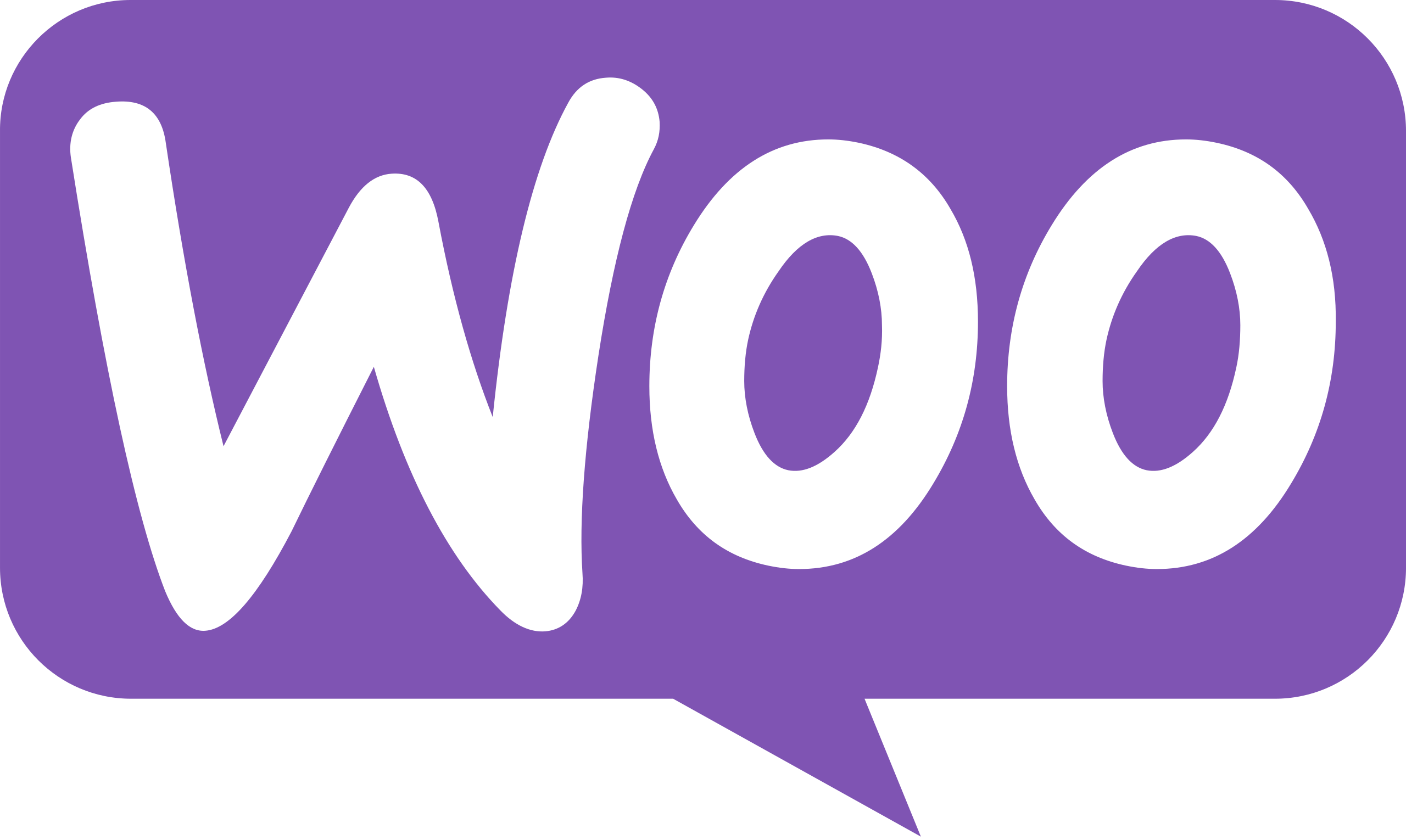About Metadata
Metadata was created by marketers, for marketers. It’s the first Marketing OS that automates social advertising and frees B2B marketers from low value, repetitive, and manual marketing tasks so they can focus on creative ways to drive revenue. The Metadata team supports their customers with audience targeting, campaign experimentation, personalized experiences, analytics and attrition, plus budgeting and forecasting.
50%
improvement in inbound opp quality
3x
increase in upsell opportunities
25
hours of monthly manual work eliminated
The challenge
Before deploying Syncari to sync product usage data directly into Salesforce, Sam Bowley, Former Senior Director Of Revenue Operations, was overwhelmed by the manual and time consuming process of crunching revenue and usage data. When customers had multiple instances of Metadata, running VLOOKUPs in Excel was the only way to ensure usage was mapped to the right accounts.
But even after mapping, customer success managers and sales reps still didn’t have direct access to crucial customer information. They had to rely on external dashboards built with SQL queries. Metadata product usage data was being grossly underutilized.
Ultimately, these gaps and delays made it harder for the Metadata team to understand and score overall customer health. They didn’t know what a healthy customer looked like or how to identify the customers most likely to renew or churn.
The approach
When Metadata first began using Syncari, almost 2 years ago, they integrated Slack and Salesforce. Slack is the virtual HQ for Metadata, a 100% remote company, and Syncari simplified setting up Slack alerts for new inbound leads, closed-won celebrations, and closed-lost updates. Collaborative data sharing helped CSMs and sales reps understand the outcomes of their customer conversations better.
Later, Metadata expanded to syncing product usage data directly into Salesforce using CSV exports and Google Drive. This opened up a world of actionable business intelligence and eliminated a whole day of managing spreadsheets and VLOOKUPs.
The next stage focused on augmenting their existing integrations to give Metadata total confidence that their data is unified and always fresh. Connecting Zendesk, Salesforce, Amazon S3 buckets, Google Sheets, CSV exports, Outreach, WooCommerce, and Stripe was the kickstart they needed for a stateful bidirectional data transformation.
Today, when a new customer contact is added into Zendesk as a user, that contact is automatically created in Salesforce and other tools. Each Metadata team can operate within their own platform–Outreach for SDRs, Salesforce for AEs, and Zendesk for CSMs–while RevOps can tap into the same standardized data across all connected systems to build strategic KPIs such as a holistic customer health score informed by user interactions across relevant touch points.
The solution
Syncari allows Metadata to get near real-time product usage data into Salesforce, something that was unthinkable a year ago. Today, there are no more 30 day lags and out-dated post mortems about what went wrong.
The team can see right away that a customer’s health score has jumped and is ripe for upsell or that the account needs help with retention. This level of efficiency is table stakes for RevOps; too many clicks and logins takes away from selling time.
Today, Metadata tracks their product usage data against their customer accounts to identify trends over time. This context informs their product usage scoring and go-to-market motions; Metadata knows who their happy customers are and which customers are struggling.
This degree of insight helped Metadata go even further, reinventing the KPIs they use to measure a customer’s likelihood of renewal and upsell. “I don’t think there’s a bigger KPI in SaaS today than gross revenue retention. Basing ICP off of customers that renew is the future,” says Bowley.
- They look at the number of triggered opportunities, advertising spend, number of leads created, and number of campaigns created and running.
- They can use these metrics to predict the likelihood of the customers to upsell, renew, or churn.
- Using this scoring, data was fed back to Marketing to help refine their ICP based on customers who have renewed or likely to renew.
The future
Metadata is exploring how Syncari can identify lead characteristics to automatically drop leads into sequences that help surface company data on behalf of SDRs. “Syncari is in the middle acting as a traffic cop that says ‘hey, you fit within this criteria, so you get put into this sequence,’” says Sam. It’s a new way of looking at Salesforce and Outreach data to see who fits the Metadata ICP. Metadata also plans to work with their partners and Syncari into the new PLG (product-led growth) process.









